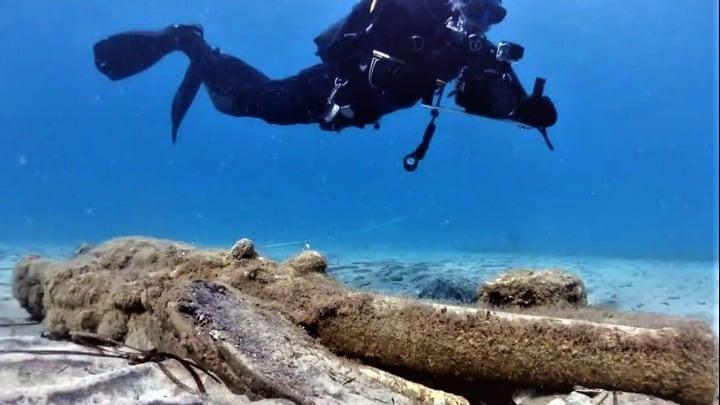A 200 year old shipwreck thought to be connected to the Greek War of Independence of 1821 has been discovered off the coast of Halkidiki in northern Greece.
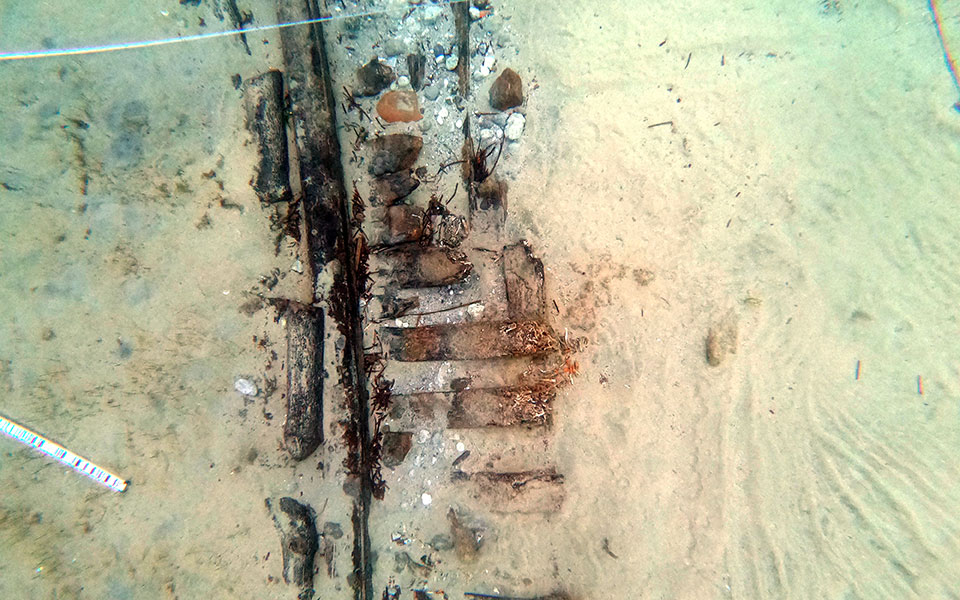
The half-submerged wooden vessel, believed to be an 18th or 19th century brig and measuring approximately 25 metres in length and 8 metres wide, was discovered by chance in the summer of 2020 80 metres off the coastal village of Fourka and at a shallow depth of just 4 metres.
A preliminary investigation undertaken by a team from the Ephorate of Underwater Antiquities of the Greek Ministry of Culture led to the construction of underwater breakwaters and other precautionary measures to guard against further corrosion.
In November 2022 the team, led by marine archaeologists Stavroula Vrachionidou and Alexandros Tourtas (who have also worked at the exploration of the shipwreck of Lord Egin’s brig, the Mentor, off Kythera) returned to the site to perform an underwater emergency rescue excavation to research the vessel and to recover its contents. The results of that operation were revealed in a presentation by the lead investigators at a conference held in Thessaloniki on 9-10 March 2023.

In an interview with the Kathimerini newspaper, Vrachionidou described the finds:
“From the very first dives we saw an impressive wreck, half-buried in the sandy seabed, with its portable artifacts in almost perfect condition. Two cannons, a type of rifle that was widely used during the period of the 1821 Greek Revolution, and many everyday items that were used by the crew were excavated from the visible part of the wreck.”
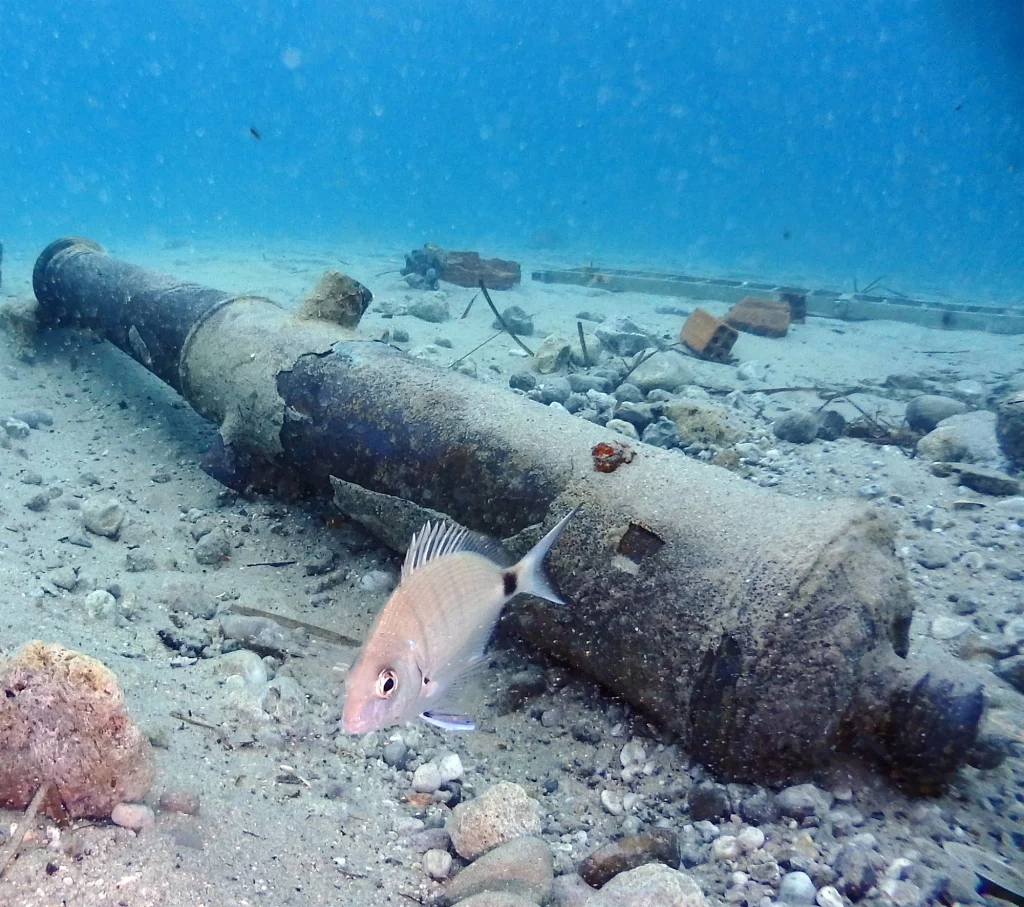
Within the ship's wooden hull, the two cannons were found in good condition, measuring 1.65 and 1.86 meters in length respectively. Perhaps more spectacular was the discovery of a one and a half metre long rifle or flintlock musket (kariofili) bearing decorative elements similar to the rifles and muskets used by the Greek revolutionaries.
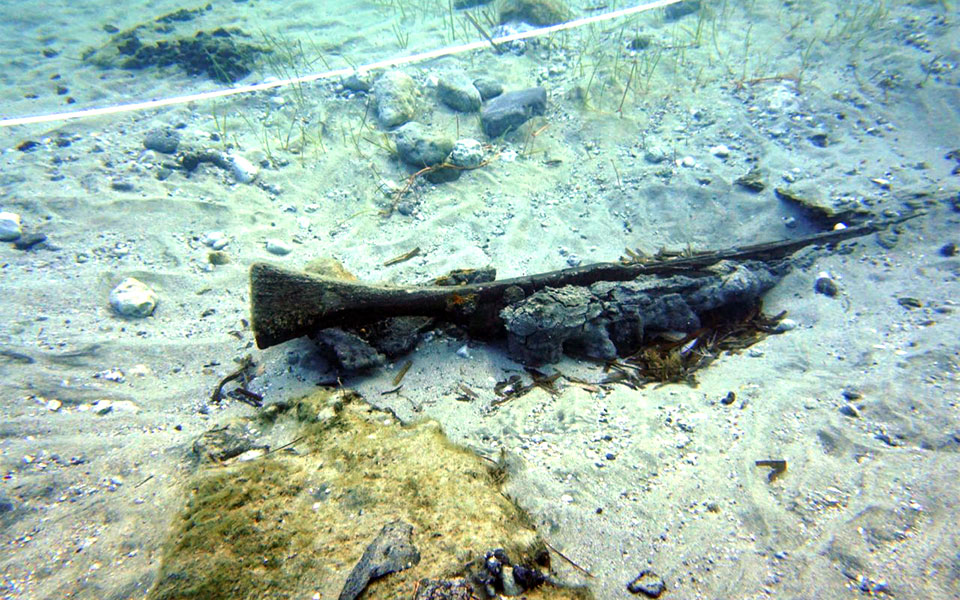
According to the archaeologists, whilst their research of the wreck is at an early stage, it is possible that the brig may have played a role in the Greek Revolution, specifically the uprising in Halkidiki in 1821, led by Emmanouil Papas.

A prominent fighter from the region of Macedonia, Papas in 1819 had joined the Philiki Etaireia, the legendary Society of Friends founded to overthrow Ottoman rule in Greece.
According to the Greek historian, Professor Basil Gounaris, in his article on the Macedonian front in the seminal work edited by Kitromilides and Tsokalas, The Greek Revolution: A Critical Dictionary, Papas sailed to Mount Athos in late March 1821 to supply war materials to fighters in the Halkidiki peninsula as well as Mount Athos as a base of operations in Macedonia in the revolt against the Ottoman Turks.
Papas, who was to be appointed “Leader and Defender of Macedonia”, tried to shore up the insurgency in the Halkidiki region but by the summer of 1821 found himself in a difficult position in the village of Kassandra as the Ottoman forces gained ascendancy. During these hostilities, it is believed that naval forces from the island of Psara, which carried cannons and munitions, had arrived but the Greek fighters were cut off. The sunken brig may well be a Psarian vessel.
Another theory is that the warship may have been from the southern islands of Hydra or Spetses which had strong commercial and naval fleets.

The archaeological finds are impressive and in time will provide evidence for the identity of the ship. The dive team recovered 34 objects from the wreck, including ropes (or ground tackle) and sails, clay and metal vessels, a copper pan, a glass bottle with its cork, fragments of porcelain cups, a wooden basket, a broken sack and a bronze inkwell, all preserved in the top layer of sediment that covers the wreck.
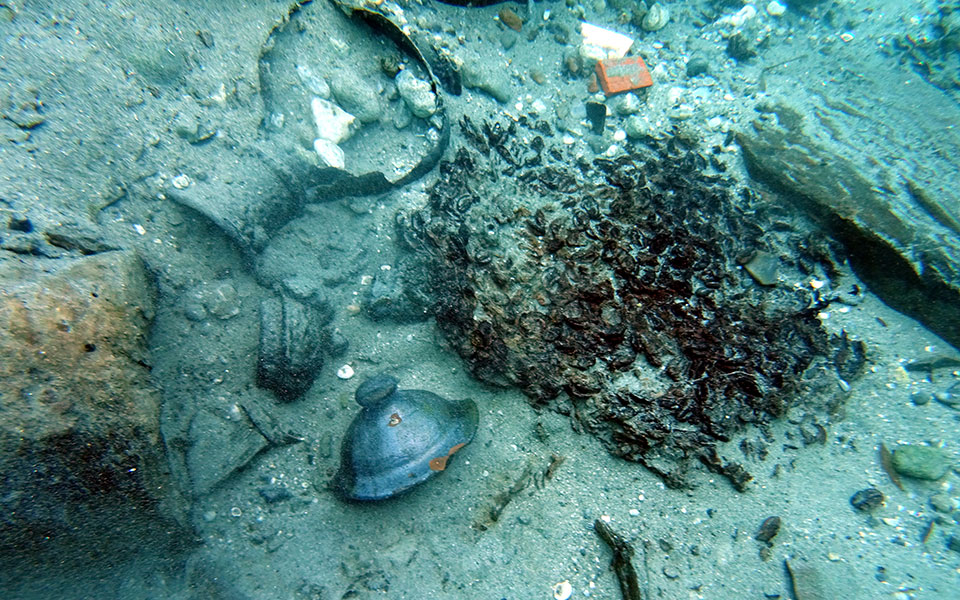
It is thought that more objects await discovery in the section of the wreck that remains buried, including items that were stored in the ship’s cargo hold.
The research and study of the material will continue and it is hoped that the stunning archaeological finds from the underwater excavation will shed further light on the revolution of 1821 in Macedonia.
The revolutionary fervour of the Greek War of Independence still lies beneath.
George Vardas is the Arts and Culture Editor.
All images (unless otherwise specified) are courtesy of the Ephorate of Underwater Antiquities of the Greek Ministry of Culture.

